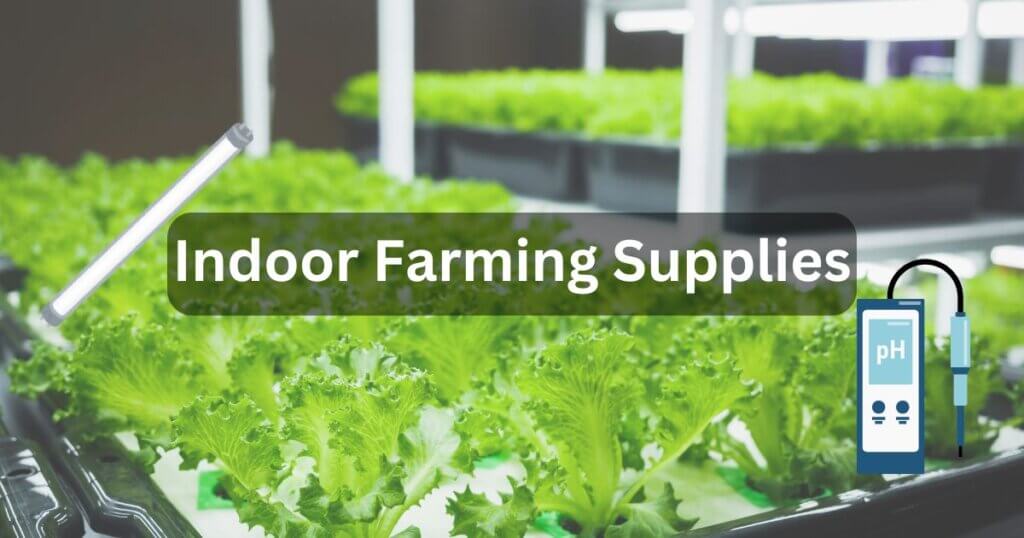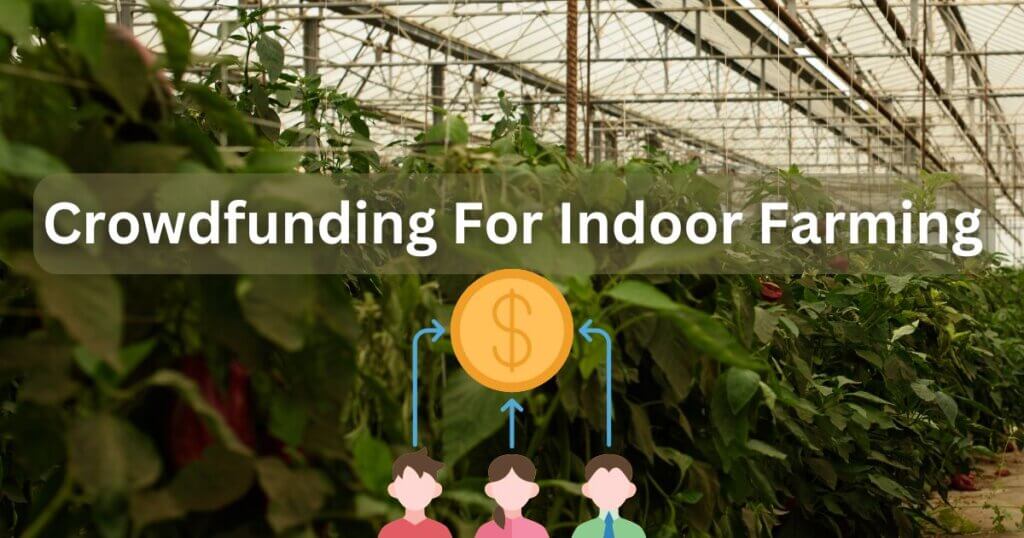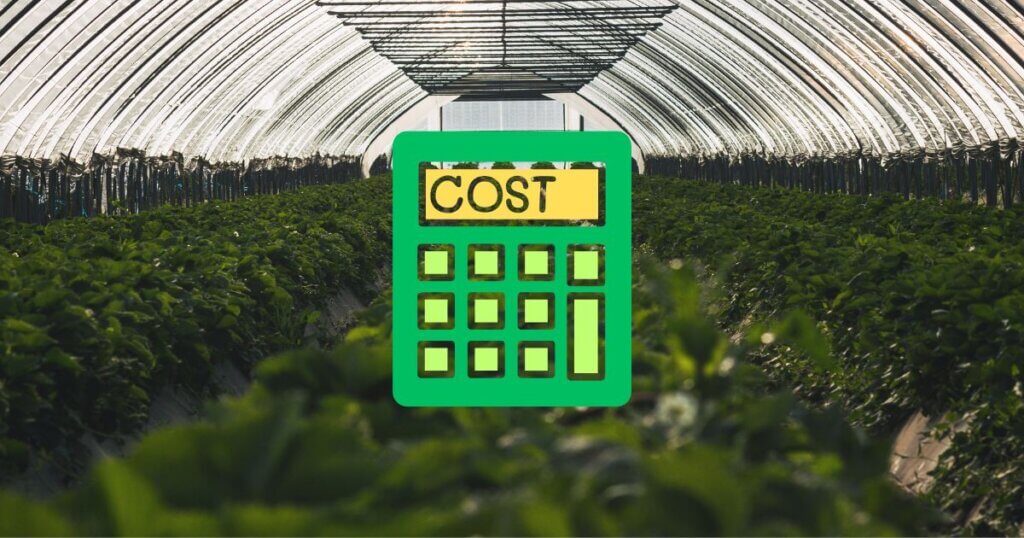Indoor Farming Best Practices Unveiled
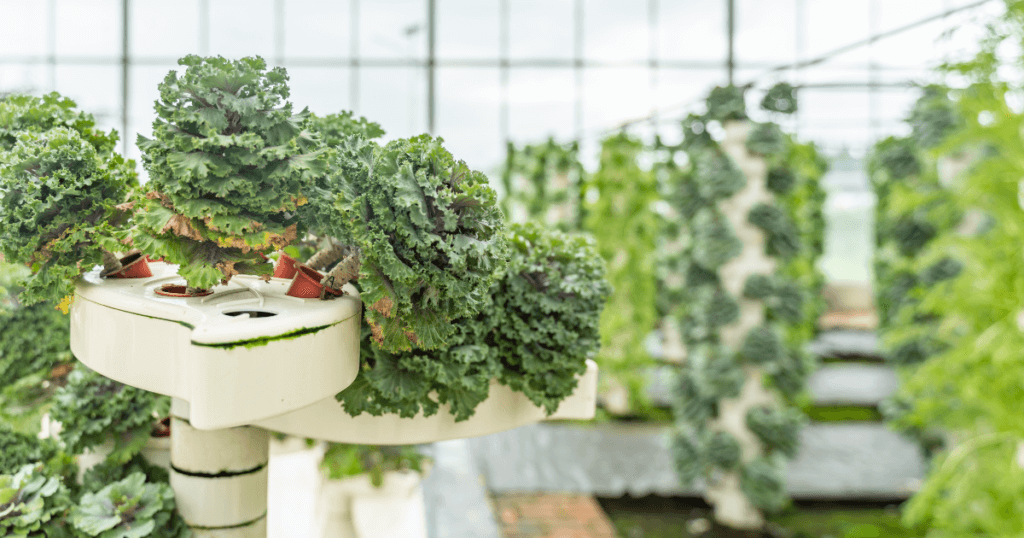
Discover the Ultimate Guide to Successful Indoor Farming
Indoor Farming Hub is an Amazon Associate and earns from qualifying purchases.
Are you interested in indoor farming? Looking to maximize your crop yield and achieve optimal growth in a controlled environment? Then you’ve come to the right place! In this comprehensive guide, we will unveil the best practices for indoor farming that will help you cultivate thriving plants and ensure a successful harvest. From lighting and ventilation to nutrient management and pest control, we’ll cover everything you need to know to become an indoor farming expert. So, let’s dive in and explore the world of indoor farming!
Table of Contents
Introduction
Indoor farming, also known as vertical farming or controlled environment agriculture, is a revolutionary approach to growing crops in an enclosed space. By utilizing advanced technologies and carefully managing environmental conditions, indoor farming offers numerous benefits, such as year-round production, higher crop yields, and reduced water usage. However, to achieve optimal results, following best practices specifically tailored for indoor farming is crucial. In this guide, we will provide valuable insights and expert advice to help you navigate the world of indoor farming successfully.
Choosing the Right Location for Your Indoor Farm
Selecting the appropriate location for your indoor farm is the first step towards ensuring its success. Factors such as space availability, proximity to markets, and access to utilities play a vital role in determining the viability of your venture. Additionally, considering the type of crops you intend to grow is essential, as different plants have varying environmental requirements. For example, leafy greens thrive in cooler temperatures, while fruiting crops like tomatoes and peppers prefer slightly warmer conditions. Analyzing these factors will help you choose the perfect location for your indoor farm.
Essential Lighting Strategies for Indoor Farming
Lighting is one of the most critical aspects of indoor farming. Since natural sunlight is limited indoors, providing artificial lighting that mimics the sun’s spectrum is crucial for plant growth. LED (Light Emitting Diode) lights are the preferred choice for indoor farming due to their energy efficiency and customizable light spectrums. By tailoring the light intensity and spectrum to the specific growth stage of your plants, you can optimize photosynthesis, encourage healthy development, and promote higher yields. Moreover, implementing light schedules that simulate day and night cycles is essential for maintaining plant health and triggering critical growth processes.
For optimal lighting, consider using a full-spectrum LED grow light like the VIPARSPECTRA LED Grow Light, which is energy-efficient and tailored to all growth stages of your plants.
Creating the Perfect Environmental Conditions
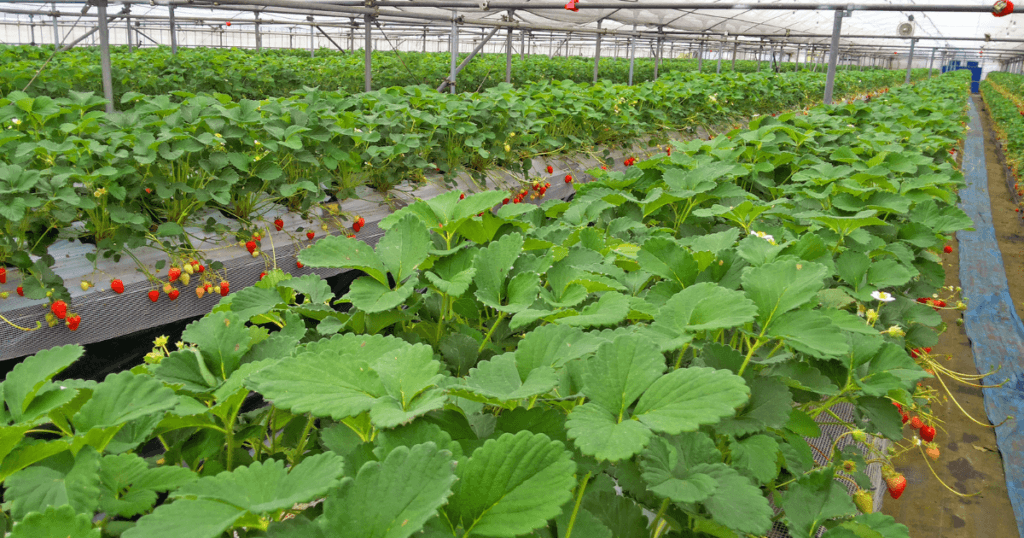
Maintaining optimal environmental conditions is paramount to successful indoor farming. Temperature, humidity, and CO2 levels influence plant growth and crop health. Monitoring and controlling these factors is crucial to ensure your plants thrive in their controlled environment. Using temperature and humidity sensors and automated climate control systems allows you to maintain the ideal conditions required for different crops throughout their growth cycles. Monitoring and managing CO2 levels will enhance photosynthesis and promote robust plant growth, ultimately leading to improved yields.
To monitor your indoor farm environment easily, the Govee WiFi Temperature Humidity Monitor offers real-time tracking and alerts straight to your phone.
Optimal Nutrient Management for Indoor Farms
Nutrient management is a key aspect of indoor farming that significantly impacts plant growth and productivity. Plants rely on nutrient solutions for their essential elements in soilless growing systems such as hydroponics or aeroponics. Maintaining a well-balanced nutrient solution that provides all the necessary macro and micronutrients in the right proportions is critical. Regular water and nutrient tests will help you adjust the nutrient solution’s composition based on your plant’s specific needs.
Implementing a fertigation system, which combines irrigation and fertilization, allows for precise nutrient delivery directly to the plant roots. This ensures efficient nutrient uptake and minimizes wastage. Additionally, using organic and slow-release fertilizers can provide long-term nutrition to your plants, promoting sustainable and healthy growth.
If you’re just starting out, the General Hydroponics Flora Series Nutrient Kit provides a complete nutrient solution ideal for hydroponic indoor farms.
Watering Techniques for Indoor Farming
Water is vital for plant growth, and proper watering techniques are essential in indoor farming. Overwatering can lead to root rot and other diseases, while underwatering can cause nutrient deficiencies and stunted growth. Finding the right balance is crucial.
Automated irrigation systems with timers and sensors can help optimize watering schedules and ensure consistent moisture levels. Drip irrigation, ebb and flow systems, and nutrient film technique (NFT) are popular methods for indoor farming. These techniques provide precise control over water delivery, reducing water wastage and ensuring efficient nutrient uptake by the plants.
An automatic drip irrigation system like the Raindrip Automatic Watering Kit ensures consistent watering while minimizing water waste.
Maintaining Proper Air Circulation and Ventilation
Indoor farms need adequate air circulation and ventilation to provide plants with fresh air, control temperature and humidity levels, and prevent the buildup of pests and diseases. Installing fans, exhaust systems, and intake vents will facilitate proper air movement throughout the growing area.
Strategically positioning fans to create a gentle breeze will help strengthen plant stems and promote robust growth. Exhaust fans and vents will expel stale air and excess heat, while intake vents will bring fresh air. Implementing carbon filters in the ventilation system can help control odours and maintain a clean and pleasant growing environment.
For proper air circulation and odor control, the VIVOSUN Inline Fan with Carbon Filter is a top choice among indoor growers.
Integrated Pest Management in Indoor Farms
Preventing and managing pests is crucial in indoor farming to protect the health and productivity of your crops. Integrated Pest Management (IPM) strategies focus on minimizing chemical pesticides and instead emphasize preventive measures and biological controls.
Implementing strict hygiene practices, such as regularly cleaning the growing area, sterilizing equipment, and practising crop rotation, can help reduce pest populations. Introducing beneficial insects like ladybugs or predatory mites can effectively control common pests. Monitoring pests regularly and using traps or sticky cards can help identify any infestations early on, allowing for prompt action.
Crop Rotation and Succession Planting
Crop rotation and succession planting are essential practices in indoor farming to optimize nutrient uptake, prevent disease buildup, and maximize space utilization. Rotating crops by planting different species or plant families in succession helps break pest and disease cycles, as pests that prefer specific plants will not find suitable hosts for reproduction.
Succession planting involves planting new crops immediately after harvesting the previous ones. This ensures a continuous supply of fresh produce and maximizes the use of available space. You can maintain a productive indoor farm throughout the year by carefully planning and scheduling your crops.
Effective Pollination Techniques
Pollination is crucial for fruit set and seed production in many crops. In indoor farming, where natural pollinators may be limited, it is essential to employ effective pollination techniques. Hand pollination using a small brush or cotton swab is common, especially for plants like tomatoes or peppers. Gently transferring pollen from the male to the female flowers ensures successful pollination and fruit development.
Alternatively, you can also use specialized pollination devices like electric toothbrushes or commercially available pollinators that vibrate to release pollen. Proper pollination techniques will help ensure an optimal fruit set and maximize your indoor farm’s yield potential.
Make pollination easier with the Electric Pollinator, designed to mimic the high-frequency vibrations of a bee for effective indoor crop pollination.
Harvesting and Post-Harvest Handling
Knowing when to harvest your crops is crucial for flavour, nutritional value, and shelf life. Each crop has specific indicators to determine its readiness for harvest, such as colour, size, texture, and aroma. Inspecting and monitoring your plants will help you identify the ideal harvest time.
When harvesting, handle the product with care to minimize damage. Use sharp and clean tools to avoid bruising or introducing pathogens. Properly sort and grade the harvested crops based on quality standards to ensure consistency. Additionally, post-harvest handling techniques, such as cooling, washing, and proper storage, will help maintain freshness and extend the shelf life of your produce.
Efficient Space Utilization in Indoor Farms
Space utilization is critical in indoor farming, where limited space requires efficient planning and utilization. Implementing vertical farming techniques, such as vertical shelves or racks, allows you to maximize growing areas without compromising plant density. Using hanging baskets or trellises for vining crops optimizes vertical space utilization.
Consider each crop’s growth habit and spacing requirements when planning your layout. Companion planting, where compatible plants are grown together, can also help maximize space utilization and enhance pest management through natural repellents and beneficial interactions.
Implementing Automation and Technology
Leveraging automation and technology can significantly improve efficiency and productivity in indoor farming. Automated irrigation, lighting, climate control, and nutrient delivery systems ensure precise and consistent environmental management. Sensors and monitors provide real-time data on temperature, humidity, CO2 levels, and nutrient concentrations, allowing for timely adjustments.
Furthermore, advanced technologies like machine learning and artificial intelligence are being employed to optimize resource utilization, predict plant growth patterns, and develop smart algorithms for decision-making. By embracing these technological advancements, indoor farmers can streamline operations and achieve higher yields.
Energy Efficiency and Sustainability
Indoor farming relies heavily on energy inputs, especially for lighting, ventilation, and climate control. Implementing energy-efficient technologies and practices can significantly reduce operational costs and minimize environmental impact. LED lights, for example, consume less energy while providing optimal light for plant growth. Insulating the growing area and using energy-efficient HVAC systems help conserve energy and maintain stable conditions.
Incorporating sustainable practices like water recycling, using renewable energy sources, and integrating organic farming principles contributes to environmental stewardship. By adopting energy-efficient and sustainable approaches, indoor farming can be a greener and more economically viable solution for food production.
Troubleshooting Common Indoor Farming Challenges
Even with the best practices in place, indoor farming can sometimes face challenges. Identifying and addressing these challenges promptly is crucial to maintaining healthy crops and optimizing yields. Common challenges include nutrient imbalances, pest infestations, diseases, temperature fluctuations, and equipment malfunctions.
Regular monitoring and observation are essential to detect any early signs of problems. Maintaining detailed records of environmental conditions, nutrient schedules, and any changes made will help troubleshoot. Seeking advice from experienced indoor farmers or agricultural specialists can provide valuable insights and solutions to overcome challenges effectively.
Conclusion
Indoor farming offers tremendous potential for year-round crop production, increased yields, and resource efficiency. Following the best practices unveiled in this comprehensive guide, you can embark on a successful indoor farming journey. From selecting the right location and implementing appropriate lighting strategies to managing nutrient levels and mitigating pests, every aspect of indoor farming plays a vital role in achieving optimal results.
Remember to adapt and fine-tune these practices based on your crop requirements and available resources. Continual learning, experimentation, and staying abreast of the latest advancements in indoor farming will further enhance your skills and productivity. Embrace the world of indoor farming, and unlock the incredible potential it holds for sustainable agriculture.
FAQs – Indoor Farming Best Practices
1. How do you prevent algae growth in hydroponic and aeroponic systems?
Algae growth can be a problem in indoor farms, especially in nutrient-rich water systems. To prevent algae, minimize light exposure to nutrient reservoirs by using opaque containers and covering exposed water surfaces. Regular cleaning, proper aeration, and the use of beneficial bacteria can also help control algae buildup.
2. What is the best way to manage pH levels in an indoor farm?
Maintaining the correct pH is crucial for nutrient uptake. Most crops prefer a pH range between 5.5 and 6.5. Regularly test your water and nutrient solution using pH meters and adjust as needed with pH-up (potassium hydroxide) or pH-down (phosphoric acid) solutions. Automated pH controllers can help maintain stability.
3. How can I reduce the risk of mold and mildew in my indoor farm?
Mold and mildew thrive in high humidity and stagnant air. To prevent outbreaks, maintain proper air circulation with fans, control humidity with dehumidifiers, and avoid overwatering. Using UV sterilization or organic fungicides can also help keep fungal issues under control.
4. What are the best crops for beginner indoor farmers?
Some of the easiest crops for indoor farming include leafy greens (lettuce, kale, spinach), herbs (basil, mint, cilantro), and microgreens. These crops have short growth cycles, require minimal maintenance, and adapt well to controlled environments.
5. How can I improve root health in indoor farming systems?
Healthy roots are essential for strong plant growth. To improve root health, ensure adequate oxygenation using aerated water systems or air stones in hydroponic setups. Avoid root rot by preventing overwatering, maintaining proper drainage, and using beneficial microbes like mycorrhizae to support root development.
Resources Related to Indoor Farming Best Practices
- Controlled-Environment Agriculture (CEA):
For a comprehensive understanding of CEA, including indoor agriculture and vertical farming, refer to the Wikipedia article on Controlled-environment agriculture. - Hydroponics:
Learn about hydroponic systems, their advantages, and how they contribute to efficient indoor farming in the Wikipedia article on Hydroponics. - Indoor Vegetable Gardening Tips:
Better Homes & Gardens provides essential tips for successfully growing vegetables indoors, covering aspects like plant selection, lighting, and maintenance. - Hydroponic Gardening Guide:
The Spruce offers a detailed guide on hydroponic gardening, explaining the methods, benefits, and considerations for year-round indoor cultivation. - Vertical Farming Innovations:
The Guardian discusses how vertical farming is revolutionizing space, water, and emission efficiency in agriculture, highlighting recent advancements and their impact.
Videos on Indoor Farming Best Practices








